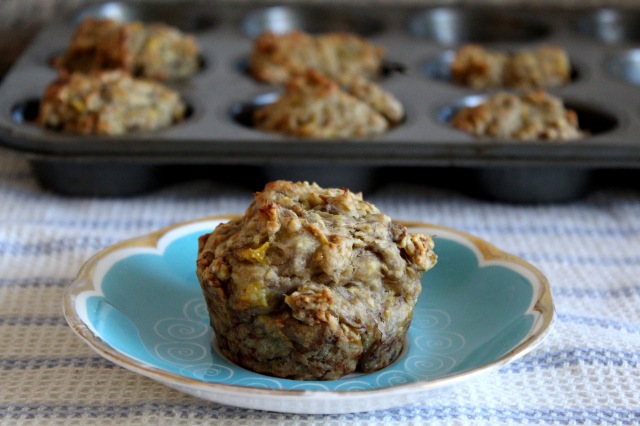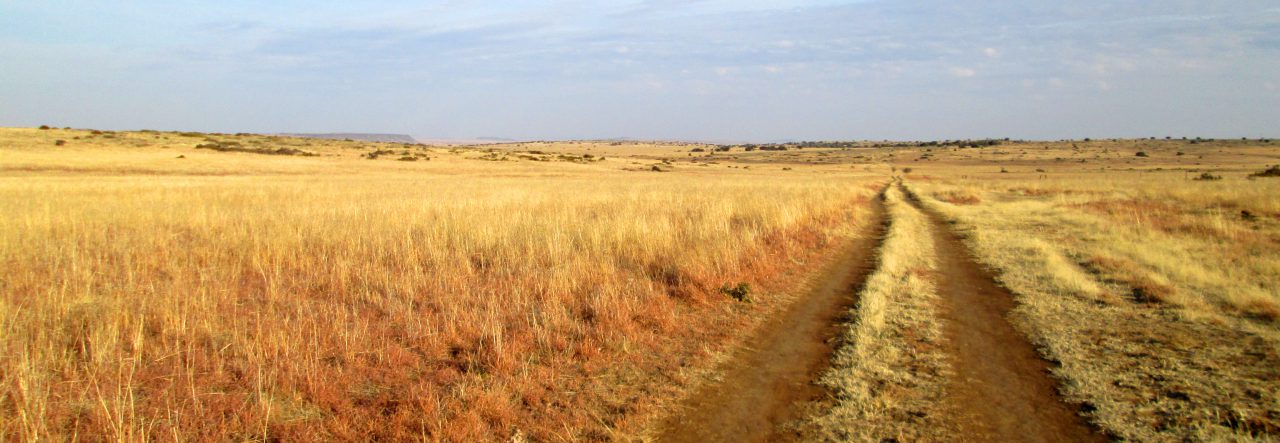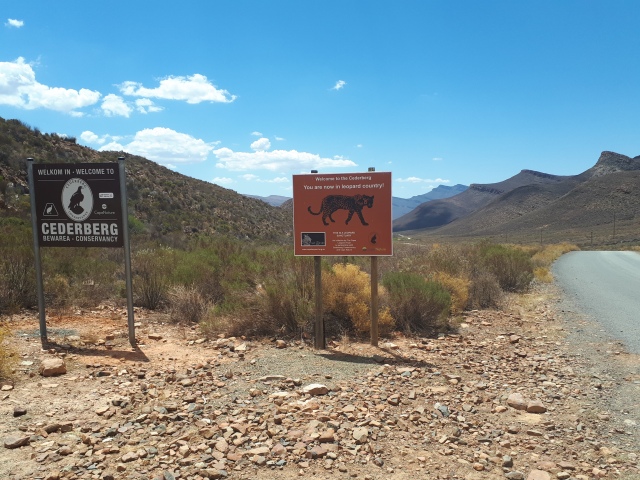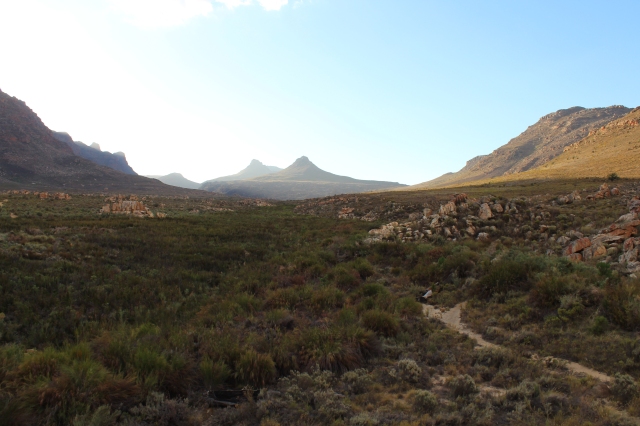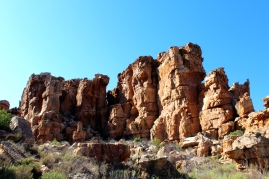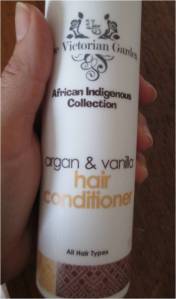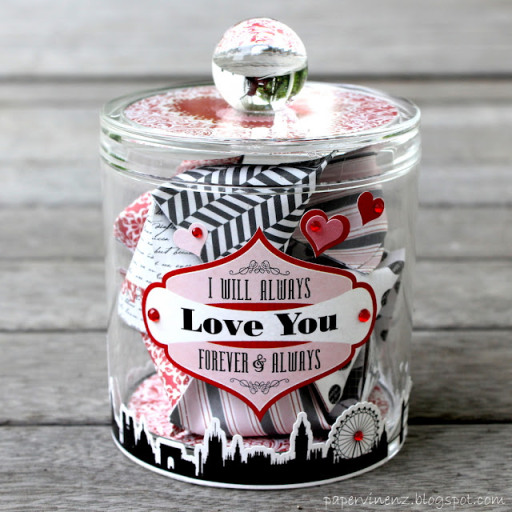Make Valentine’s Day extra special by spending it in NATURE! Here are a few attractions:

CAPE TOWN
Visit The Two Oceans Aquarium at the V&A Waterfront.
The Aquarium is a window on the ocean, offering glimpses of the diverse life found off the South African coastline. The Aquarium allows you to view over 3000 living animals, including fishes, invertebrates, mammals, reptiles and birds in this spectacular underwater nature reserve. Don’t miss the daily feeding at 15h30 of the fishes in the I&J Predator Exhibit. The Two Oceans Aquarium is open every day of the year from 09h30 until 18h00. Your ticket is valid for the entire day. Have your hand stamped at the entrance turnstile in the foyer if you want to visit again on the same day. Cost: R85.00 – R88.00 per adult
Take a cruise
Morning Cruise from the V&A Waterfront. If you are an early bird or just like the fresh morning air, this cruise is the ideal start to your day. Watch the mother city come to life from afar before returning to join the rat race. Morning cruises from 11:30 to 13:00. Telephone: 021 425-6354. Where? Departs from Quay 5 at the V&A waterfront. Book at Shop 08, Quay 5. Cost: R100.00 per adult
World Of Birds. (they have made extensive renovations over the last few years and it is definitely a must-see)
The largest bird park in Africa and one of the few large bird parks in the World. Over 3 000 birds (and small animals) of 400 different species are uniquely presented in more than 100 spacious landscaped walk through aviaries, allowing you the most intimate closeness with nature. Enjoy a fascinating glimpse into the private lives of birds. Get a close-up view of them as they feed, sing, display, socialise, build nests, incubate eggs and feed chicks right before your eyes – an unforgettable experience. The World of Birds is in Valley Road, Hout Bay. Telephone: Tel: 021 790-2730. See: World Of Birds Cost: Adults: R55.00.
Boulders Beach.
Spend a restful day at Boulders Beach. The water is warm (Indian Ocean), white sandy beach and penguins as beach mates! Entrance R10.00
Enjoy the gardens at Kirstenbosch
Kirstenbosch Botanical Garden is world-renowned for the beauty and diversity of the Cape flora it displays and for the magnificence of its setting against the eastern slopes of Table Mountain. Kirstenbosch grows only indigenous South African plants. The estate covers 528 hectares and supports a diverse fynbos flora and natural forest. The cultivated garden (36 hectares) displays collections of South African plants, particularly those from the winter rainfall region of the country. You can explore the Gardens, take photographs, have a picnic on the lawn, lie on the lawns and stare at the sky…
Walk or Climb to the top of Table Mountain
Climb or walk to the top of Table Mountain, Cape Town’s famous icon. The views from the top are simply stunning and make it all worth while. There are some 350 recognised paths to the summit, some undemanding and some are extremely difficult. It is not advisable to climb the mountain without someone experienced who knows the route well. One of the most popular routes to the top is to start off at Kirstenbosch and walk up either Nursery Ravine or Skeleton Gorge. These trails demand a minimal level of fitness – the top can normally be reached in about 6 hours. Visitors should always contact the Mountain Club of South Africa before embarking on a hike or climb. Contact: 021 465-3412.
More things to do in Cape town: http://www.lagoonbeachhotel.co.za/guest-activities/

FREE STATE
Golden Gate Highlands National Park
Nestled in the rolling foothills of the Maluti Mountains of the north eastern Free State lies the Golden Gate Highlands National Park. This 11 600 hectares of unique environment is true highland habitat, providing home to a variety of mammals – black wildebeest, eland, blesbok, oribi, springbok and Burchell’s zebra – and birds, including the rare bearded vulture (lammergeier) and the equally rare bald ibis, which breed on the ledges in the sandstone cliffs. Ribbokkop, the highest point in the park, reveals a breathtaking tapestry of red, yellow and purple hues as its warm shades merge with the cool mountain shadows towards evening.
Free State Botanical Gardens
This garden, on the outskirts of Bloemfontein, spans a valley between picturesque dolerite koppies. The natural vegetation comprises tall grassland and woodland, dominated by magnificent wild olive and karee trees. The harmony of the Garden has been achieved by retaining and highlighting the best elements of the natural landscape. From November to March, most of the plants in the Garden are in full leaf and from March to June the colourful autumn shades of yellow and red dominate. The natural areas of the Garden are a haven for wildlife, including 144 bird species, 54 reptile species and about 32 mammal species.
Horseriding in Clarens
Horse Riding on Schaapplaats on quality horses and ponies from Ashgar Connemara Stud. Game viewing on horseback is as exciting experience – you get close to the black wildebeest who snort and prance around you, and you stalk the zebra, the Blesbok, and the springbok. You follow the old wagon trail to get here, the horses’ hooves clip-clopping over the rocks in the grooves of the wheels. R300.00 for ± 2 hours
Sterkfontein Dam Nature Reserve, Free State
The Sterkfontein Dam Nature Reserve is a water wonder in the Eastern Free State, offering wildlife, birding, windsurfing and flyfishing with a magnificent view over the Drakensberg. After a day on the water or exploring the reserve, there is little to beat putting a few coals on the braai and then sitting back and watching the twilight dance between the water and the mountains. Sterkfontein Dam Nature Reserve for bookings
Tel: +27 (0)58 622 3520/1093/3892

DURBAN
Kenneth Stainbank Nature Reserve
The Kenneth Stainbank Nature Reserve, situated in the Durban South suburb of Yellowwood Park, was proclaimed in 1963 and is considered to be one of the finest reserves in the Durban area. The land on which the reserve is situated was settled by the Stainbank family in 1857, and was used as farmland. The reserve is open between the hours of 6:00am – 18:00pm. An entrance fee is charged at the entrance gate where visitors can obtain maps and plant and animal lists from the field ranger.
uShaka Sea World
Sea World is a part of uShaka Marine World, a unique marine theme park, located in Durban on the east coast of South Africa. Including Sea World, the Wet ‘n Wild Water Park and the uShaka Village Walk shopping centre, this unique destination is a premier tourist attraction that offers something for everyone.
Japanese Gardens, Durban North
The Japanese Garden at Durban North is the most recently developed of the larger parks. Water gardens with Japanese stuctures are features in this pleasant park. Laid out in a traditional style, the Japanese Garden ponds attract a variety of water birds. There are picnic areas and a playground. The gardens are open seven days a week and entrance is free. Contact 031 563 1333 for more information.
Where will you be spending Valentine’s Day?
